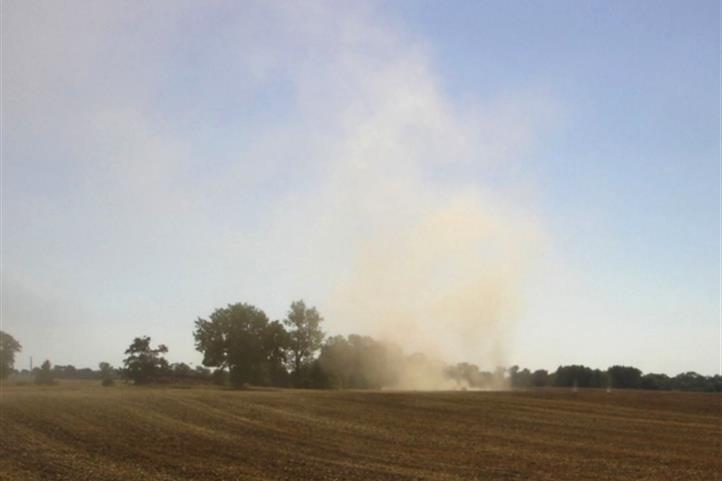Unravelling the climatic relevance of soil dust – Joint publication with meteorologists from the Institute of Meteorology and Climate Research (KIT)
Soil dust emitted from agriculturally used land is suspected to affect processes of the atmosphere, especially cloud formation. This was investigated in a cloud chamber of the Institute of Meteorology and Climate Research at the KIT in cooperation with scientists from the Institutes of Soil Landscape Research and Landscape Biogeochemistry of the ZALF. The influence of soil dust on ice nucleation was investigated in cloud chamber experiments, which simulate the atmospheric conditions in the upper layers. Soil dust samples, originating from China, Argentina and Germany from varying texture, soil type and land use intensities, was delivered by the ZALF. A detailed description of the dust samples regarding its textural, chemical and microbial properties was made by the ZALF institutes. The soil dust samples showed a 10-times higher efficiency for ice nucleation in comparison with mineral dust as emitted from deserts. A cloud formation may be enhanced at higher temperatures with direct influence on the Earth's radiation balance. Soil dust has direct influences on climate, but the extent is not clear yet. The results are a first step for a better understanding of the manifold interactions between earth surface and atmosphere.
Link to Publication
Pictures
For downloading the pictures please click on a picture and use the
 icon.
icon.

Unravelling the climatic relevance of soil dust: Quelle: © Dr. R. Funk
